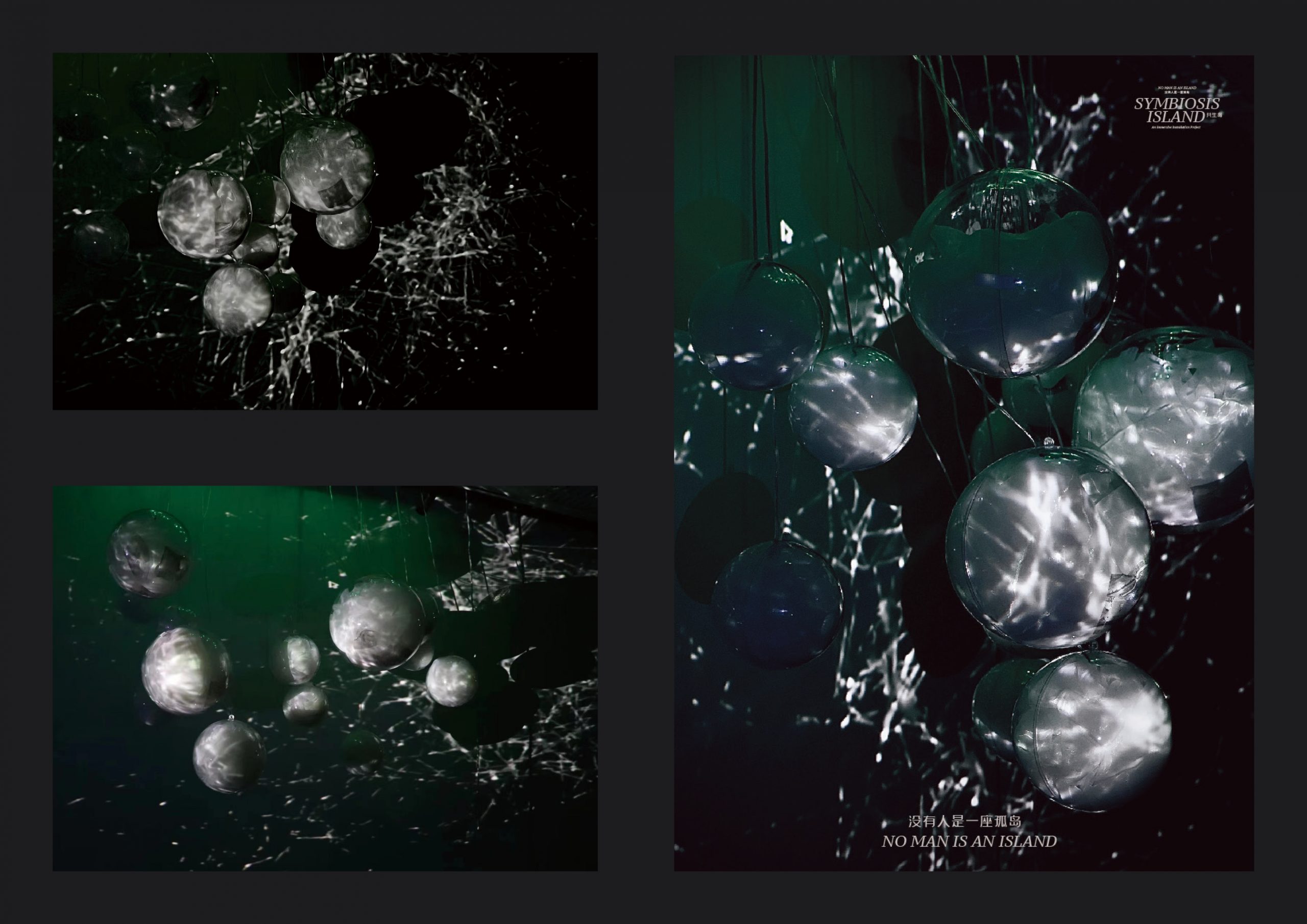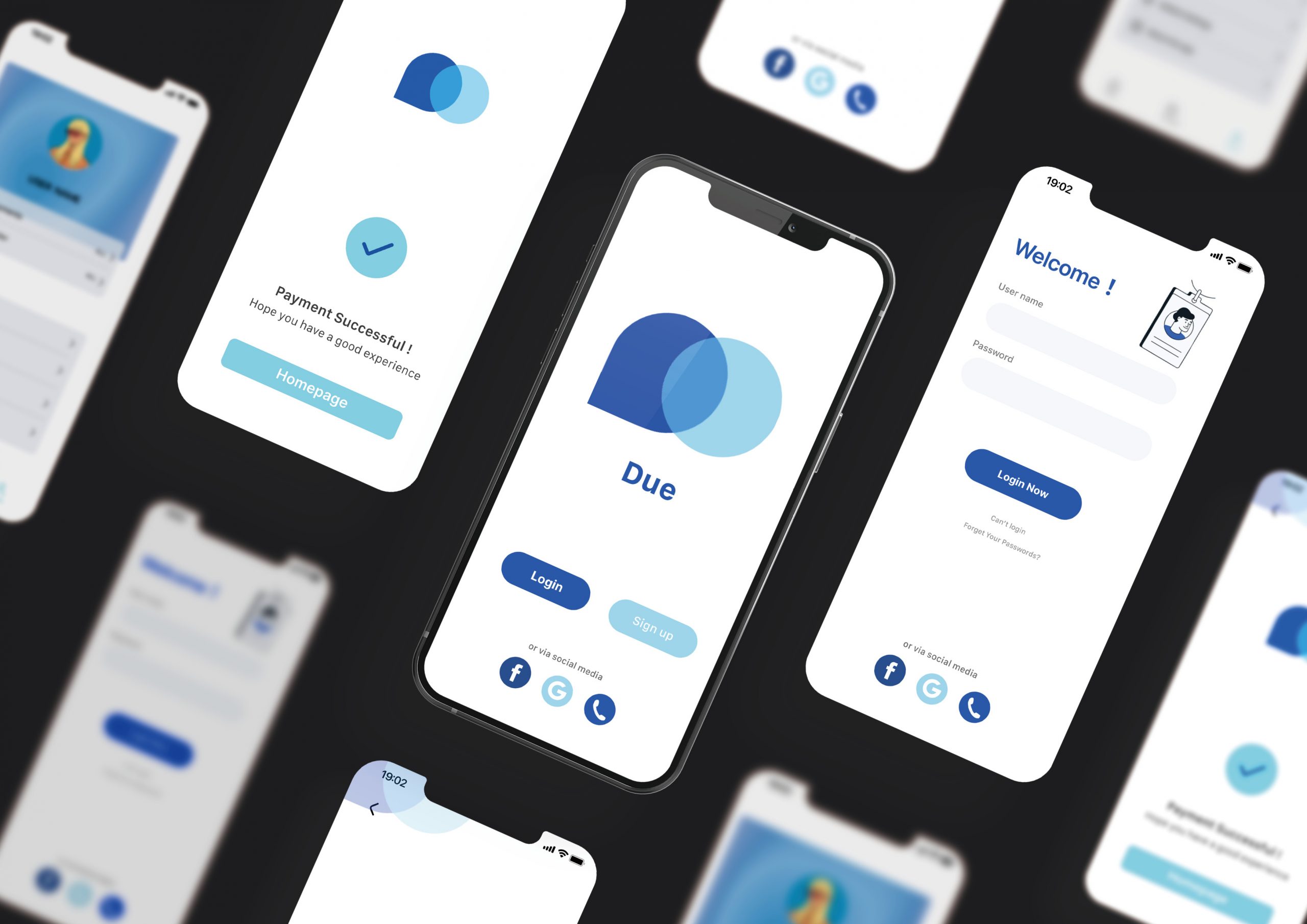I’m a designer, dreamer, and nature enthusiast. My love for art and design shapes the work that I do.
Ming Jin
Absence is a three-volume book design project about death and memory. Using an investigative design approach, it transforms personal mourning into a readable, understandable, and tangible visual experience. Centered on the grandmother’s passing, the three books— In Search of Absence, Memories of Absence, and Records of Absence—carry fictional investigation, real memories, and the project’s reflections. Through objects as clues, it explores how we remember those no longer present. Death is not complete loss;it is presence of someone’s absence in our lives.
This project draws inspiration from an “appropriately obsessive Omakase chef” and explores how controlled obsession becomes a form of ritual in everyday life. “Omakase” means “entrusting completely”—the chef controls every detail, from the angle of slicing fish to the placement of dishes, with obsessive precision. This is not pathological repetition, but a pursuit of aesthetic order and ritualized behavior. We translated this obsessive beauty into a chair: it only “allows” you to sit when specific steps are followed, and only “activates” when you achieve the correct posture.
This immersive interactive design project addresses growing emotional disconnection and weakened sense of belonging on campus. Through participatory installations, it encourages students to reconnect through simple yet meaningful interactions. Like isolated islands lighting up into a sea of stars, each participant becomes a “point of light,” helping transform the campus into a supportive, warm, and connected
This project is a UI/UX app designed for both designers and design enthusiasts. DUE aims to make it easier for designers to upload and sell their work, while allowing users to browse, save, and get inspired effortlessly. With a clean and intuitive interface, it focuses on practical features that truly serve the design community. It’s not just a showcase platform, but a bridge between creators and users, inspiration and the market—helping design to be seen, shared, and valued more freely.





